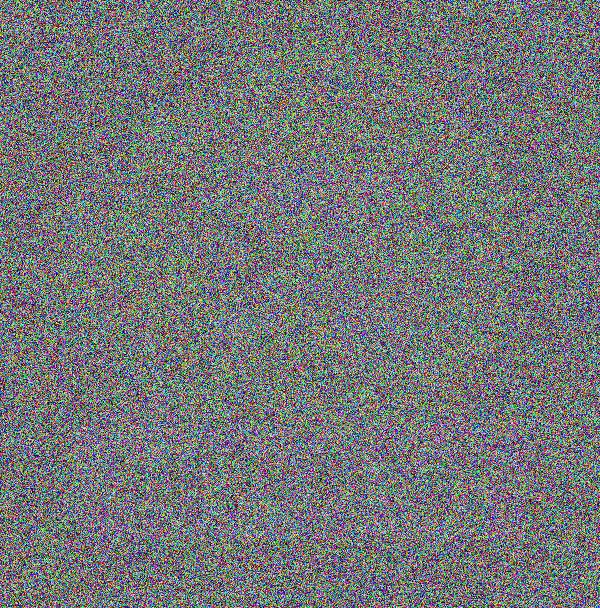My boss told me he had something important to tell me, that I needed to read by the end of the day.
I told him I was on it. See, I didn't want to admit I was "Working From Home" from the local bar and didn't have my laptop anywhere near me, so had no idea what he had sent.
But when I finally got home an hour or so ago and looked at what he sent me, I now realize his attachment must have gotten messed up or something, because this is what I got:
I can't exactly tell him now that I'm just looking at this, or he's going to know I was not in fact "on it"—and he's going to want to know why not. That's a situation I really don't want to be in. Now I'm panicking, because I have about two hours left to get myself out of this.
So, like, can you folks help me figure out how to unwreck the image so I can see what I was supposed to see, while there's still time left before it's tomorrow??
—HINTS—
helpfulness level 0:
Getting something recognizable is not particularly difficult, but you'll need to figure out every bit of the puzzle for it to be a complete and correct solution.
helpfulness level 1:
Spoilery attribution added. I've eliminated a good deal of background information from the source and there are other minor tweaks, but if your result looks substantially different from the source, your method is incomplete. (See also: hint level 0.)
helpfulness level 2:
My boss is above average. Well, in one way anyway—for him, the Wadsworth Constant is more than 30%. I ignore like the first 37.5% of everything he says or writes....
helpfulness level 3:
SPOILER WARNING: Original Image by Freepik










